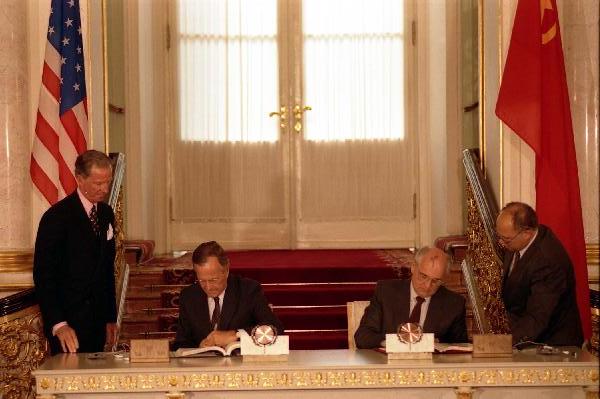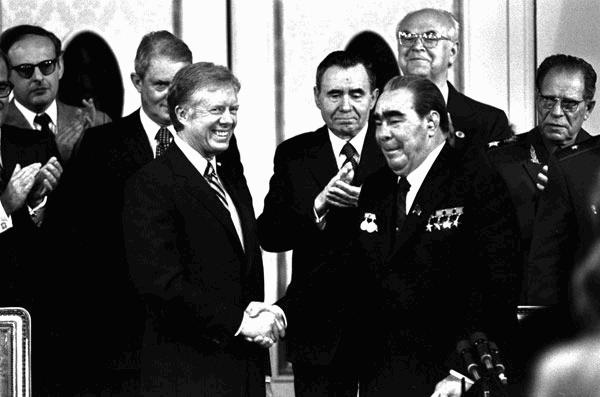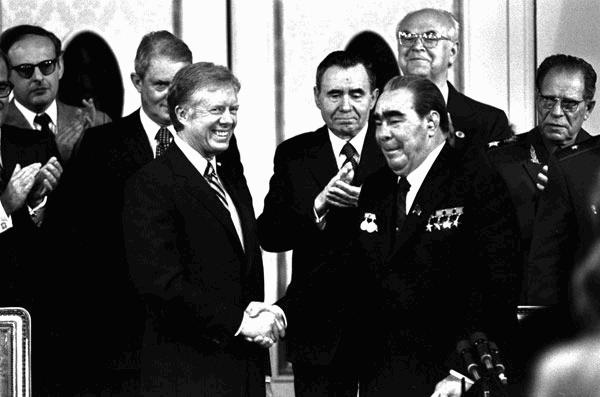While the United States had Operation Plowshare to explore the peaceful use of nuclear explosions, the Soviet Union also had a similar program. It was called Nuclear Explosions for the National Economy (NENE). A literal descriptive name but lacking in the resonance of Operation Plowshare.
Following the detonation of their first nuclear bomb in 1949, the Soviets said that although they would have as many nuclear bombs as they needed in case of a war, they were dedicated to the peaceful use of such explosives for “blowing up mountains, changing the course of rivers, irrigating deserts, and charting new paths of life in regions untrodden by human foot.” However, they strongly advocated total nuclear disarmament and this impeded their research into peaceful uses for nuclear explosives.
The Soviets waited until the mid-1960s to start their NENE program. Initially aimed excavation and petroleum stimulation, their program eventually expanded into other areas of interest. Broadly speaking, the Soviets were conducting tests for two categories of applications.
Employment of Nuclear Explosive Technologies in the Interests of National Economy was the name for the part of NENE that was focused on creating underground water reservoirs, dams and canals and the creation of huge underground caves as places to store dangerous toxic waste. Between 1965 and 1989, the Soviets exploded one hundred and twenty four nuclear devices in research on these possible uses for excavation.
Peaceful Nuclear Explosive Technologies in the Interests of National Economy was the name for the other part of NENE. It focused on the use of nuclear explosions as a ground wave generator for seismological mineral exploration, shattering bodies of ore to make mining easier, cracking underground formations to make the extraction of gas and oil easier, and created underground chambers to store the gas and oil. This part of NENE exploded one hundred and fifteen nuclear devices as part of their research.
In addition to all of the test explosions, the Soviet Union actually used nuclear explosions in real world applications in several cases. A gas field in Uzbekistan had been burning out of control for three years when a thirty kiloton nuclear device was used to snuff out the fire. A forty five kiloton nuclear device was used to seal a blow out in another gas field.
Some of these underground tests released radioactivity into the atmosphere that was detected beyond their borders. Another test failed in its objective but polluted local water with plutonium that remained far beyond safety limits for decades. A third blast release a radioactive plume in near a populated area and the site could have been flooded by a nearby river which could have polluted a huge area.
NENE ended in 1989 as a part of the Soviets unilateral moratorium on nuclear testing. Overall, the results of the tests were disappointing with respect to the goals of the tests and showed many problems with the civil use of nuclear bombs.
Lake Chagan in Kazakhstan created by a nuclear explosion:




